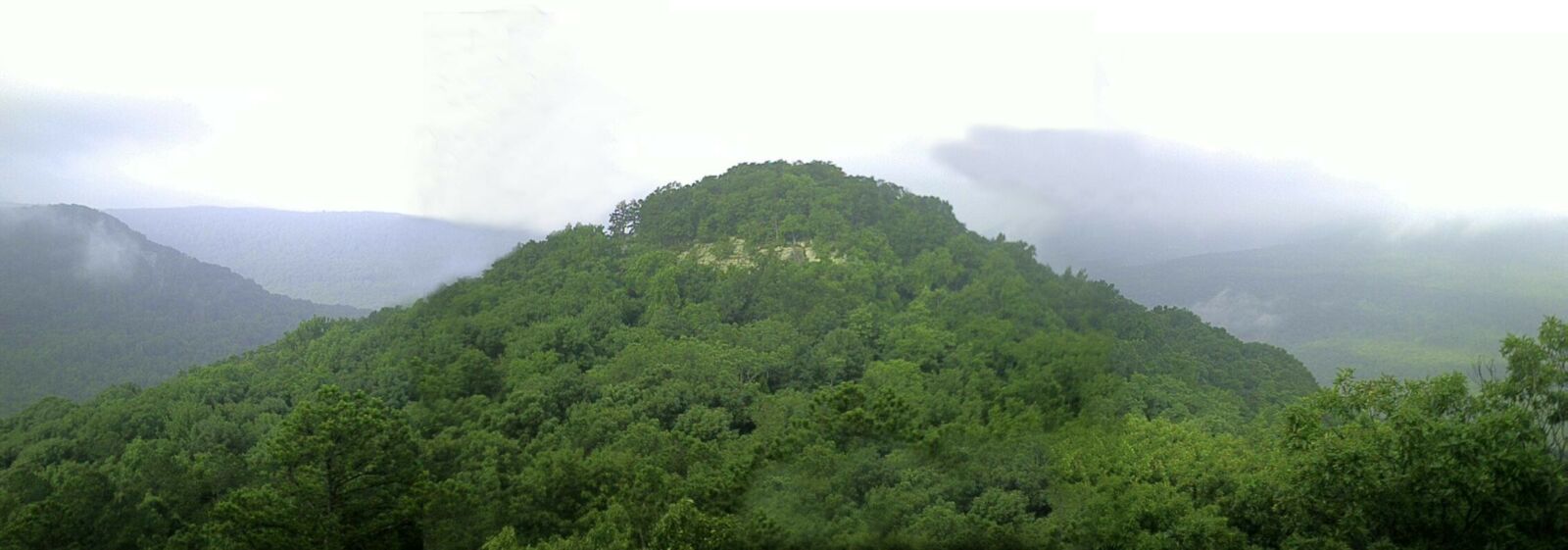Focusing on wildlife habitat and recreation resources, our work improved critical places on Arkansas’ Ozark National Forest.
Focusing on wildlife habitat and recreation resources, our work improved critical places on Arkansas’ Ozark National Forest.

Geologic changes uplifted and eroded the underlying siltstone, shale and sandstone rock formations from the bottom of prehistoric oceans to what we see today. Carved by fast-flowing rivers, steep cliffs, natural bridges and rock promontories punctuate the mountains. The vertical landscapes still harbor a range of habitats for the region’s extraordinarily diverse flora. Framed and dissected by Wild and Scenic Rivers, including the Buffalo, the Mulberry and Big Piney Creek, Northeast Arkansas’ Ozark Mountains are known for their wild beauty and many opportunities for outdoor recreation.
The past century has been one of change for the lands now within the Ozark National Forest. Homesteading, farming and timber development greatly altered the composition of the Forest and its features. Road-building and river channelization also eliminated many of the Forest’s water sources. This legacy continues to present a challenge for native wildlife and gives rise to current forest restoration needs.
In the 36,500-acre Bearcat Hollow Cooperative Habitat Project, our work built upon the successes of others to enhance a diverse spectrum of wildlife habitat. With partners, we created 600 acres of forest openings, installed 32 vehicle gates and improved habitat connectivity. Volunteers also planted more than 1,000 native plum trees and installed 40 birdhouses. To help with the ongoing noxious weed challenge, we treated more than 300 acres. The work also created 10 new ponds to act as habitat for amphibians and a water source for wildlife.
We also prioritized improving recreation resources on the Ozark. With our partners, we improved more than 16 miles of trail in the Hurricane Creek and Richland Creek Wilderness Areas. At the Richland Creek Campground, roads were regraveled and 20 new campsites were constructed.
The Moccasin Gap Campground saw improvements including new highline posts and trailer pull throughs for equestrian users, as well as water and electric service at campsites. We constructed new multi-use trails and decommissioned unsustainable trails.
Our work on the Ozark National Forest brought more than 250 volunteers to the Forest who donated 5,500 hours of time and service. As the region and community came together, we’ve helped ensure these special places on the Ozark will remain for future generations.